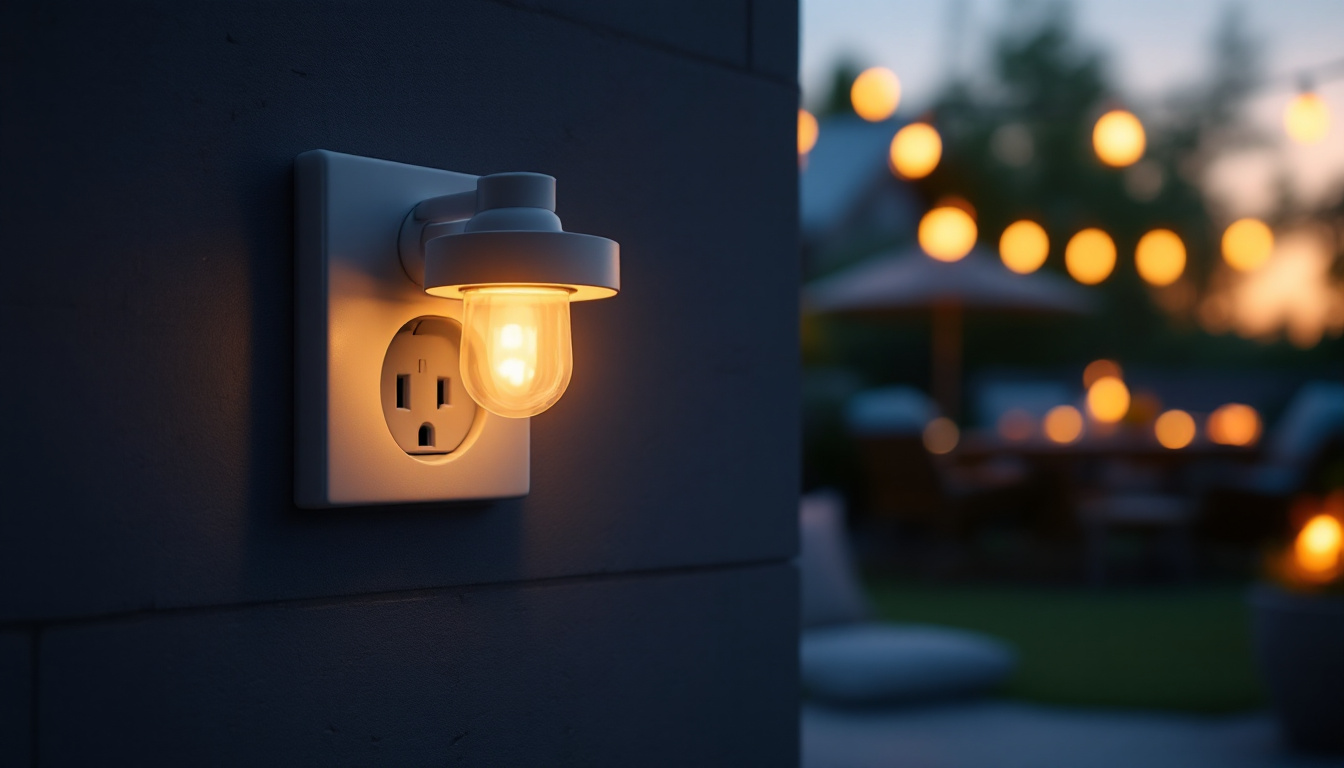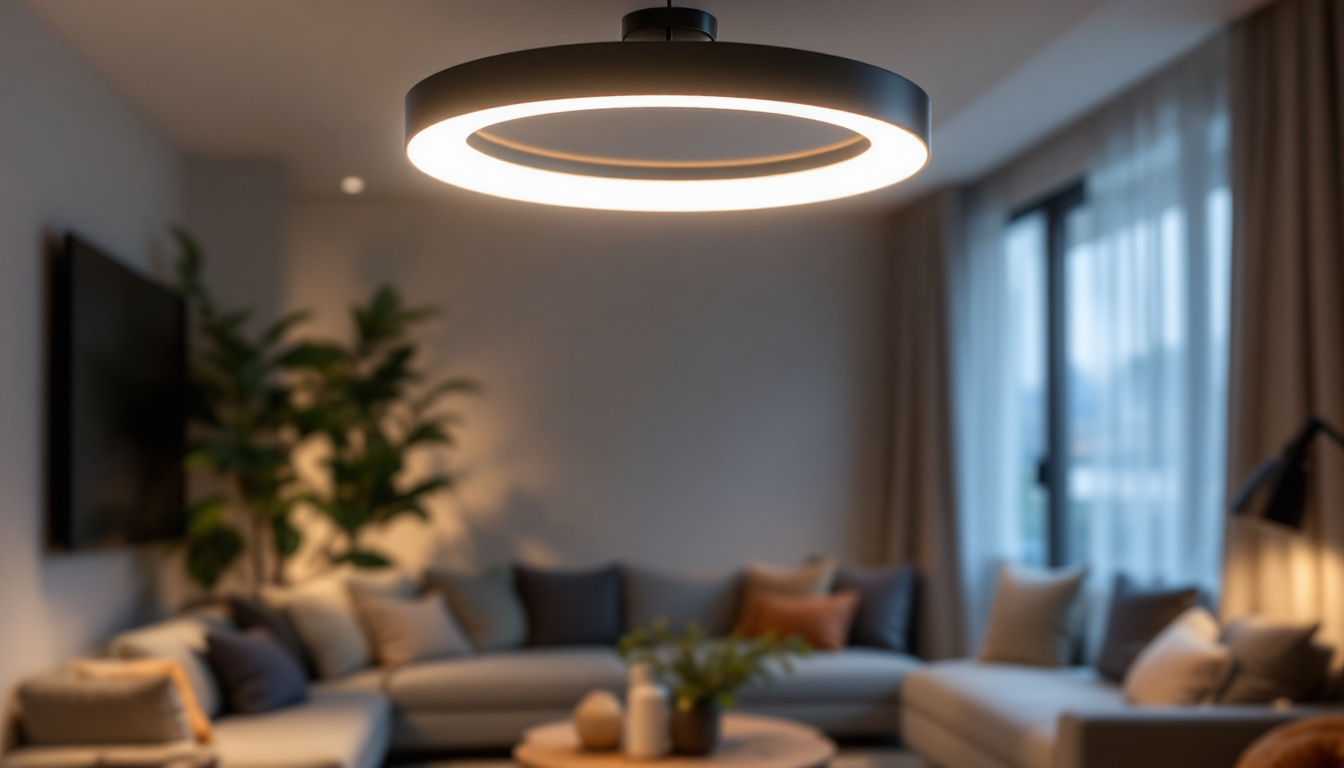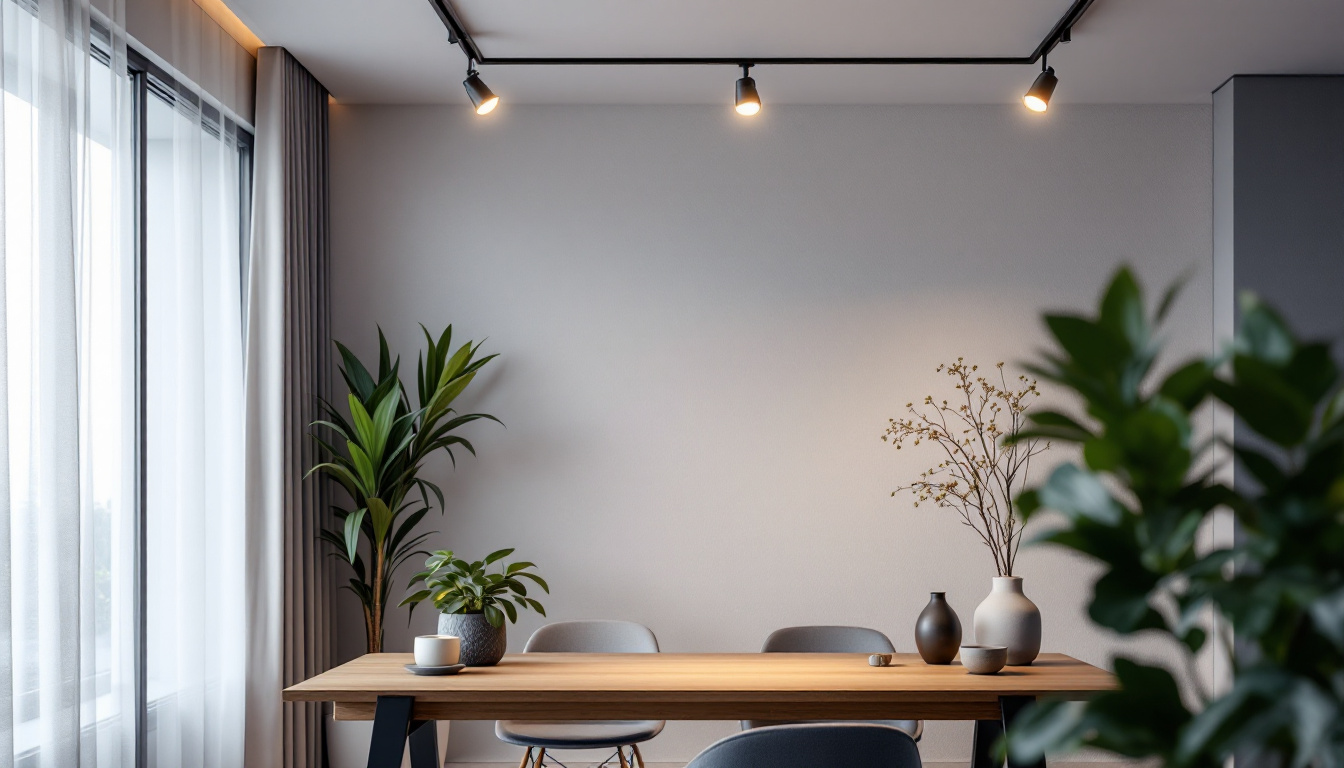
In the world of lighting installation, precision and safety are paramount. Among the essential tools that aid in achieving these goals is the cable gripper. This guide aims to provide lighting contractors with a comprehensive understanding of cable grippers, their applications, benefits, and best practices for use.
A cable gripper is a device designed to secure and support cables in various lighting applications. It allows for easy adjustment of cable lengths while ensuring that the cables remain taut and securely fastened. This tool is particularly beneficial in suspended lighting systems, where aesthetics and functionality must go hand in hand. The use of cable grippers can significantly enhance the visual appeal of a space, providing a clean and organized look that complements modern design trends.
In addition to their practical uses, cable grippers also contribute to safety in lighting installations. By ensuring that cables are properly secured, they help prevent accidents that could arise from loose or sagging wires. This is especially important in commercial settings, where the risk of injury can have serious implications. Furthermore, cable grippers are often made from materials that resist corrosion and wear, ensuring longevity and reliability in various environmental conditions.
There are several types of cable grippers available on the market, each designed for specific applications. The most common types include:
The operation of a cable gripper is relatively straightforward. The gripper consists of a housing that contains a mechanism to clamp the cable securely. When the cable is inserted, the mechanism engages, preventing the cable from slipping. To adjust the cable length, the contractor simply releases the mechanism, allowing for repositioning as needed. This ease of use is particularly advantageous in scenarios where lighting needs to be frequently reconfigured.
This simplicity in design is what makes cable grippers an invaluable tool for lighting contractors. They not only save time during installation but also enhance the overall quality of the lighting setup. Moreover, the ability to make quick adjustments on-site can lead to more creative lighting solutions, allowing designers to experiment with different heights and angles to achieve the desired ambiance. As technology advances, some cable grippers are even being integrated with smart systems, enabling automated adjustments based on environmental factors or user preferences.
Incorporating cable grippers into lighting installations offers numerous advantages that can significantly impact the efficiency and safety of the project.
One of the primary benefits of using cable grippers is the enhanced safety they provide. By securely fastening cables, the risk of accidental disconnections or falls is minimized. This is particularly important in commercial settings where the safety of both workers and patrons is a top priority.
Moreover, a well-secured cable system reduces the likelihood of electrical hazards, ensuring that installations comply with safety regulations and standards.
Cable grippers contribute to a cleaner and more professional appearance in lighting installations. By keeping cables neatly arranged and taut, they eliminate unsightly sagging and clutter. This is especially crucial in visible areas where aesthetics play a significant role in the overall design.
Clients often appreciate the attention to detail that comes with using cable grippers, which can enhance the reputation of the contractor and lead to more referrals and repeat business.
Time is money in the contracting business, and cable grippers can help save both. Their easy installation and adjustment capabilities allow contractors to complete projects more quickly without sacrificing quality. This efficiency can lead to increased productivity and the ability to take on more projects simultaneously.
Additionally, the time saved during installation can be redirected towards other critical aspects of the project, such as final touches and client communication.
With various options available, selecting the appropriate cable gripper for a specific project can be challenging. Several factors should be considered to ensure the best fit for the application.
Understanding the load capacity required for the installation is crucial. Different cable grippers are designed to support varying weights, and selecting one that can handle the load of the fixtures being installed is essential. Overloading a gripper can lead to failure, posing safety risks and necessitating costly repairs.
Cable grippers are not one-size-fits-all; they are designed to accommodate specific cable sizes. Before making a purchase, it is important to measure the diameter of the cables being used and ensure that the chosen gripper is compatible. This will facilitate a secure fit and optimal performance.
The materials used in the construction of cable grippers can significantly affect their performance and longevity. High-quality materials, such as stainless steel or reinforced plastics, offer greater durability and resistance to wear and tear. Investing in robust grippers can lead to long-term savings by reducing the need for replacements.
Proper installation is key to maximizing the benefits of cable grippers. Following best practices can ensure that the installation is secure, efficient, and aesthetically pleasing.
Before installing cable grippers, it is essential to prepare the site adequately. This includes ensuring that the ceiling or mounting surface is clean and free from debris that could interfere with the installation. Additionally, having all necessary tools and materials on hand will streamline the process.
When securing the cable gripper, it is vital to follow the manufacturer’s instructions carefully. This typically involves attaching the gripper to the mounting surface and then threading the cable through the gripper’s mechanism. Ensuring that the gripper is tightly secured will prevent any movement or slippage over time.
It is also advisable to check the alignment of the gripper to ensure that the cable hangs straight. This attention to detail will enhance the overall appearance of the installation.
After installation, testing the stability of the cable gripper is crucial. Gently tugging on the cable can help determine if the gripper is securely fastened. If any movement is detected, it may be necessary to readjust the gripper or check the installation for any errors.
Conducting a thorough inspection before finalizing the installation can prevent future issues and ensure that the lighting system operates safely and effectively.
Like any tool or equipment, cable grippers require regular maintenance to ensure optimal performance. Implementing a maintenance routine can prolong their lifespan and enhance safety.
Conducting regular inspections of cable grippers is essential to identify any signs of wear or damage. This includes checking for rust, corrosion, or any mechanical failures in the locking mechanism. Addressing these issues promptly can prevent potential failures during operation.
Keeping cable grippers clean is vital for maintaining their functionality. Dust and debris can accumulate over time, potentially affecting the gripper’s performance. Using a soft cloth to wipe down the grippers regularly can help keep them in optimal condition.
In environments where dust or moisture is prevalent, more frequent cleaning may be necessary to prevent buildup that could hinder performance.
Over time, certain components of cable grippers may wear out and require replacement. It is important to keep an eye on these parts and replace them as needed to maintain the integrity of the installation. Having access to replacement parts can help minimize downtime and ensure that projects remain on schedule.
Even experienced lighting contractors can make mistakes when using cable grippers. Being aware of common pitfalls can help ensure a successful installation.
One of the most significant mistakes is overloading cable grippers beyond their rated capacity. This can lead to failure, resulting in damage to the lighting fixtures and posing safety risks. Always adhere to the manufacturer’s specifications regarding load limits.
Failing to make necessary adjustments after installation can lead to sagging cables and an unprofessional appearance. Regularly checking and adjusting the tension of the cables can help maintain a clean and secure installation.
Each cable gripper comes with specific installation and maintenance guidelines provided by the manufacturer. Ignoring these instructions can lead to improper installation and increased risk of failure. Always refer to the guidelines to ensure the best practices are followed.
In the realm of lighting installations, cable grippers serve as an essential tool for ensuring safety, aesthetics, and efficiency. By understanding the various types of cable grippers, their benefits, and best practices for installation and maintenance, lighting contractors can enhance their work quality and client satisfaction.
Investing time in selecting the right cable gripper and adhering to proper installation techniques can lead to successful projects that stand the test of time. As the industry evolves, staying informed about advancements in cable gripper technology will further empower contractors to deliver exceptional results.
Ready to elevate your lighting installations with the highest quality cable grippers? Look no further than LumenWholesale, where we offer an extensive selection of spec-grade lighting products at unbeatable wholesale prices. Our commitment to quality and affordability ensures that you get the most reliable and high-performance lighting solutions for your projects. Plus, with free shipping on bulk orders, you can stock up on the best lighting tools without worrying about hidden fees. Don’t compromise on quality or cost—choose LumenWholesale for the perfect blend of excellence and value. Explore our wholesale lighting options now and take the first step towards more efficient, safe, and aesthetically pleasing lighting installations.

Discover how outdoor socket lights can revolutionize your home’s energy efficiency.

Illuminate your space with style by exploring the world of modern ceiling lights.

Discover how outdoor motion detector sensors can revolutionize your lighting projects by enhancing efficiency and security.

Discover the secrets to future-proofing your lighting projects with short track lights.